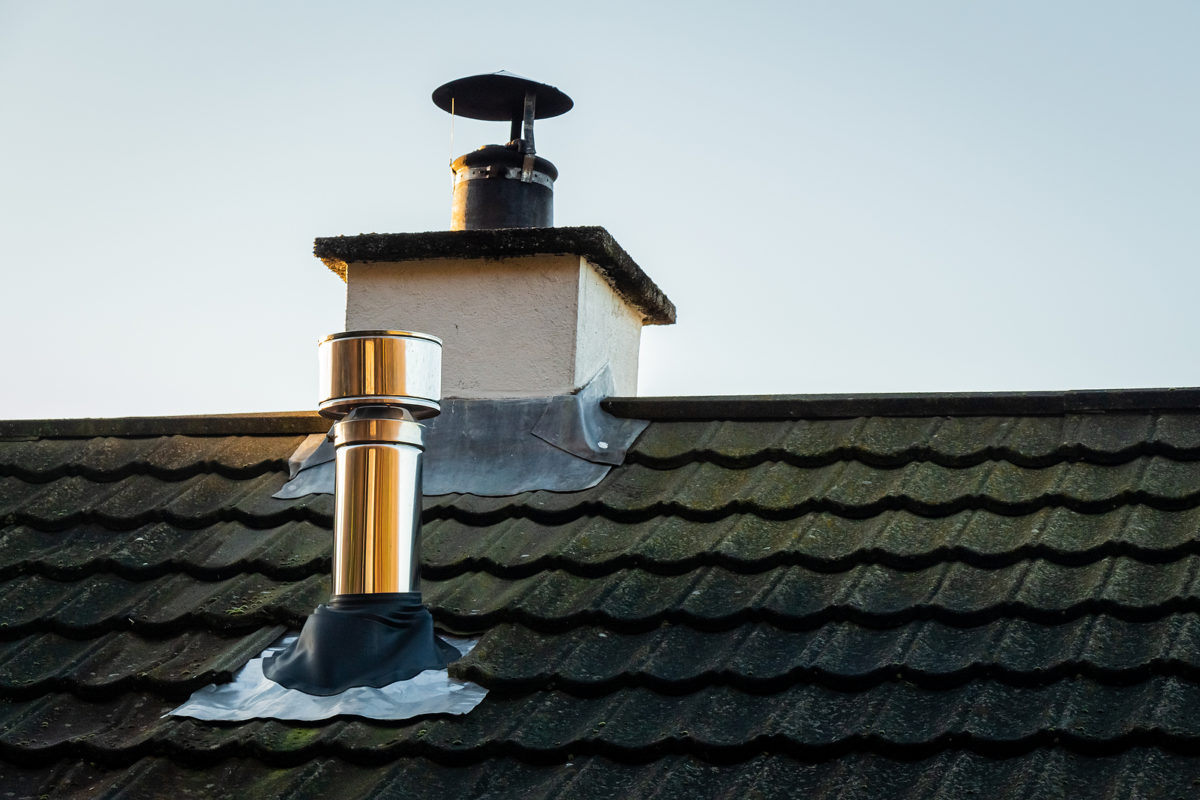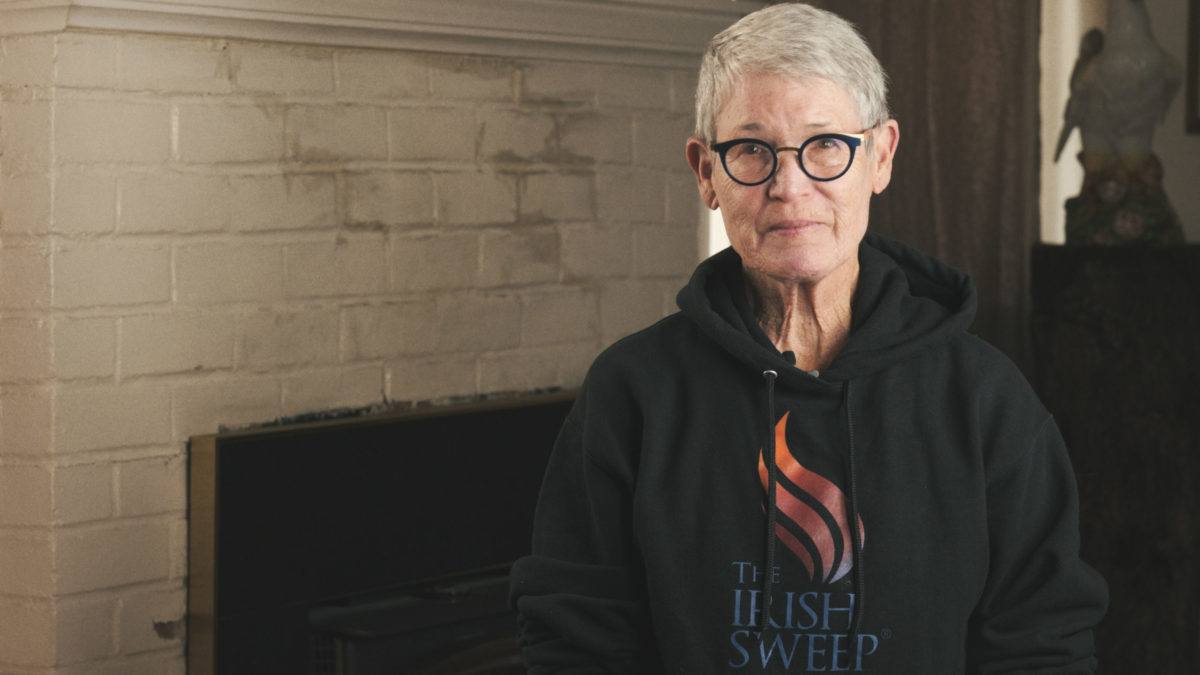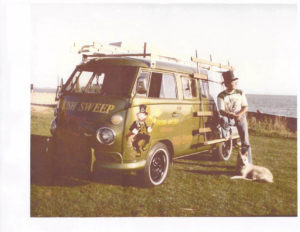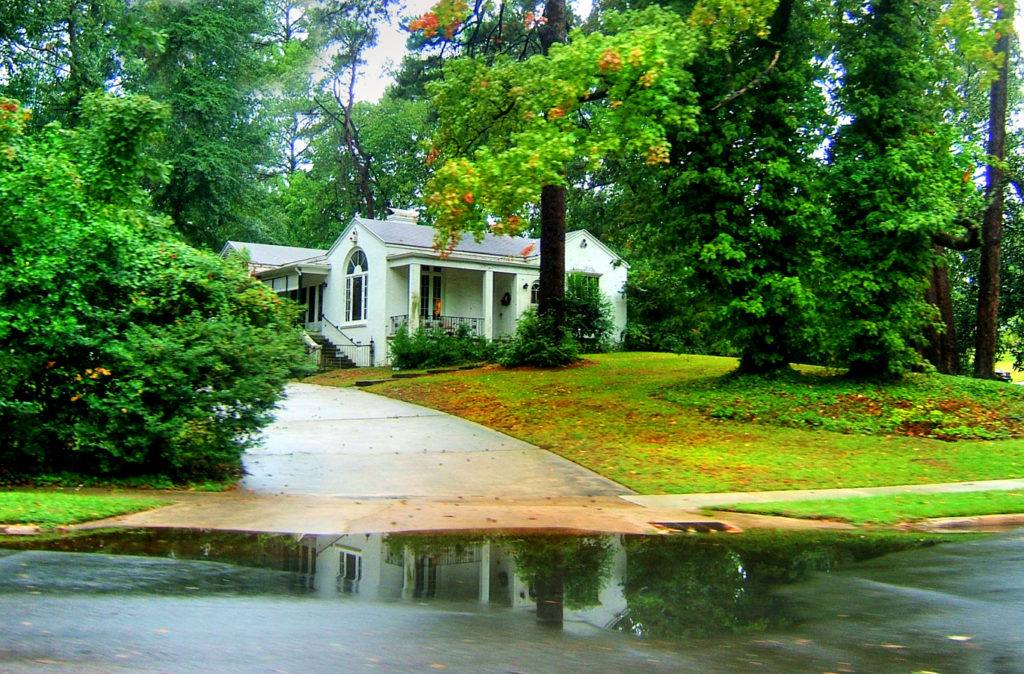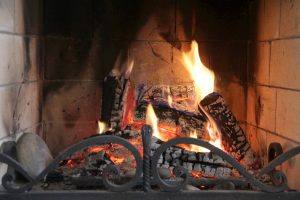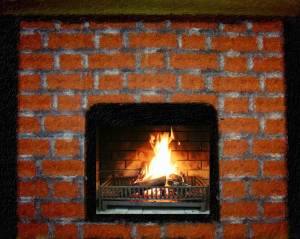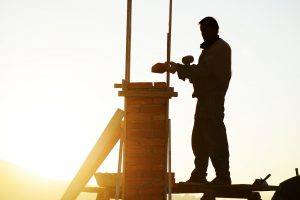In this blog post, we’ll explain how ceramic coatings make your chimney safer – and the many other benefits of using them.
If you’re like most homeowners, you probably don’t think about the chimney until there’s a problem with it. And by then, it’s often too late. A broken or deteriorated chimney can lead to all sorts of safety and efficiency problems in the home, from hazardous flue gasses leaking into the living space to an increase in our energy bills due to draft problems. But ceramic coatings can help prevent all that!
How Does a Chimney Lose Integrity Over Time?
With time, even a lightly-used fireplace and chimney can start to deteriorate. Exposure to winds, extreme temperatures, and moisture can cause mortar joints to crack and separate, bricks to crumble or spall, metal dampers to rust through, and clay flue tiles to crack.
This deterioration can lead to all sorts of problems in our home. To stay ahead of damage and keep our chimney functioning efficiently, opt for a chimney inspection at least once a year. We can also prevent deterioration (and fix certain safety issues) by hiring professional services to apply ceramic coatings to our chimney.
How Do Ceramic Coatings Make Your Chimney Safer?
Applied inside a chimney, the ceramic coating seals any gaps or cracks. It covers an even ceramic layer that allows smoke and dangerous chemicals to escape straight out of the chimney’s crown. It also inhibits further acid corrosion and prevents damage that might result from it. This not only ensures that the chimney will continue to function properly but also gives us peace of mind knowing that no expensive repairs will sneak up on us.
Other Benefits of Ceramic Coatings
Lengthens the Chimney’s Lifespan
Ceramic coatings are designed to restore and repair the flue while protecting it against future damage. The heat-resistant, water-resistant, chemical-resistant ceramic surface decreases dangerous heat transfer that would otherwise damage an unreinforced fireplace.
Helps Prevent Chimney Fires
Poorly maintained flues and chimneys are one of the common causes of home fires. When creosote, a combustible byproduct of incomplete combustion, builds up in the flue, it can ignite and cause a dangerous chimney fire. Ceramic coatings help to prevent these types of fires by sealing and protecting the flue and preventing the buildup of creosote. The ceramic coating also makes it easier for the chimney sweep to clean the chimney!
Eco-Friendly and Cost-Effective Choice
Ceramic coatings are a cost-effective and eco-friendly way to protect a chimney. They are manufactured from recycled and natural materials, and are much more economical than rebuilding a chimney! Because the ceramic coating seals all the cracks and gaps in the chimney, often an increase in energy efficiency is noticed – which means we save money on our energy bill.
Our highly skilled experts offer a 20-year warranty on ceramic coatings. The coating will not crack or chip due to temperature changes and is highly resistant to water penetration, so you won’t have to worry about repair costs for a long time!
To learn more about the many benefits of ceramic coating, contact us today!

